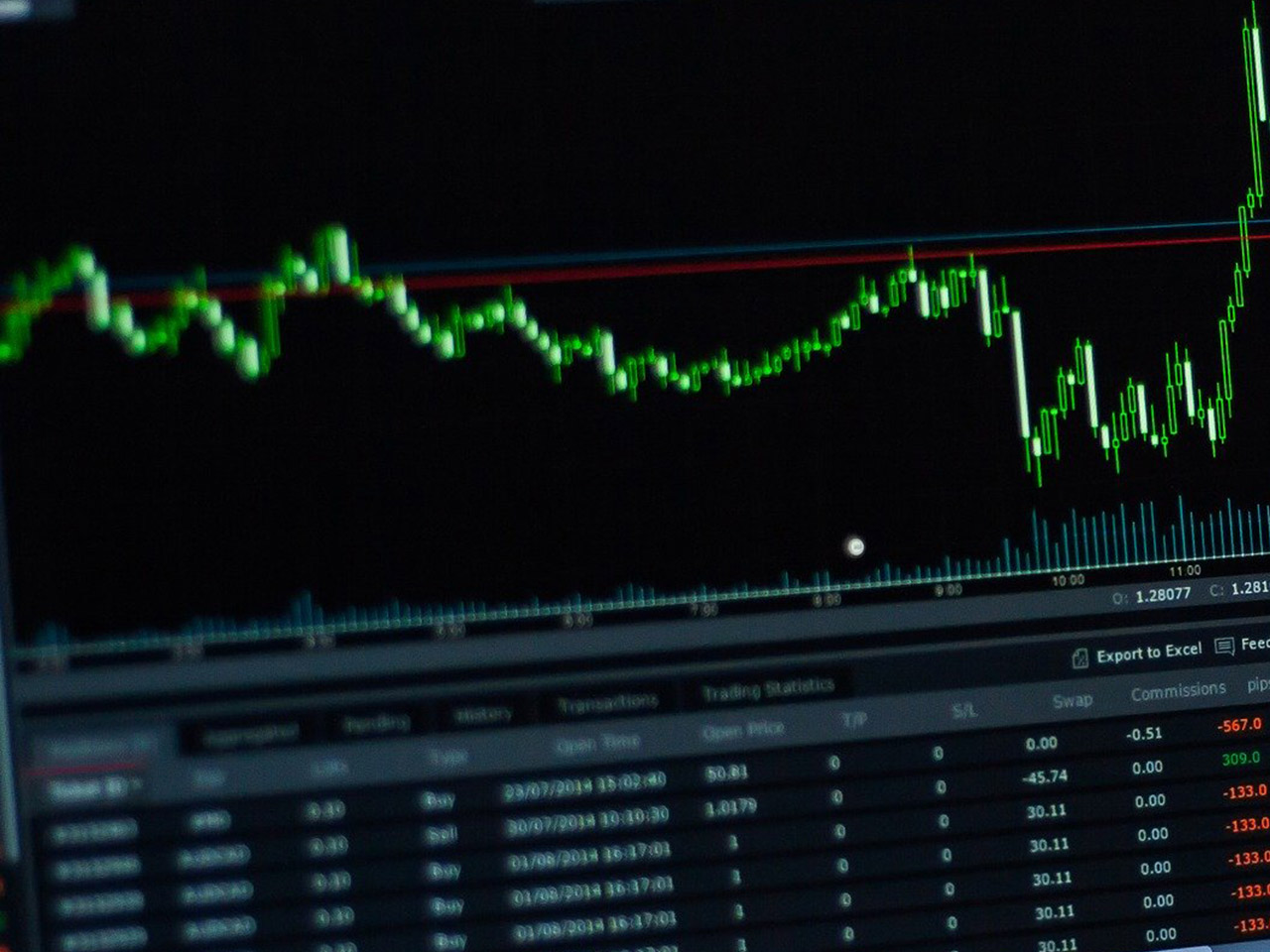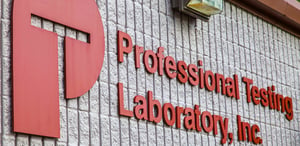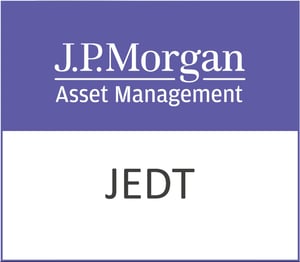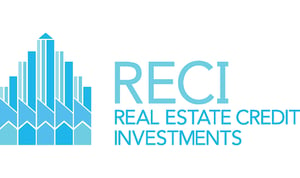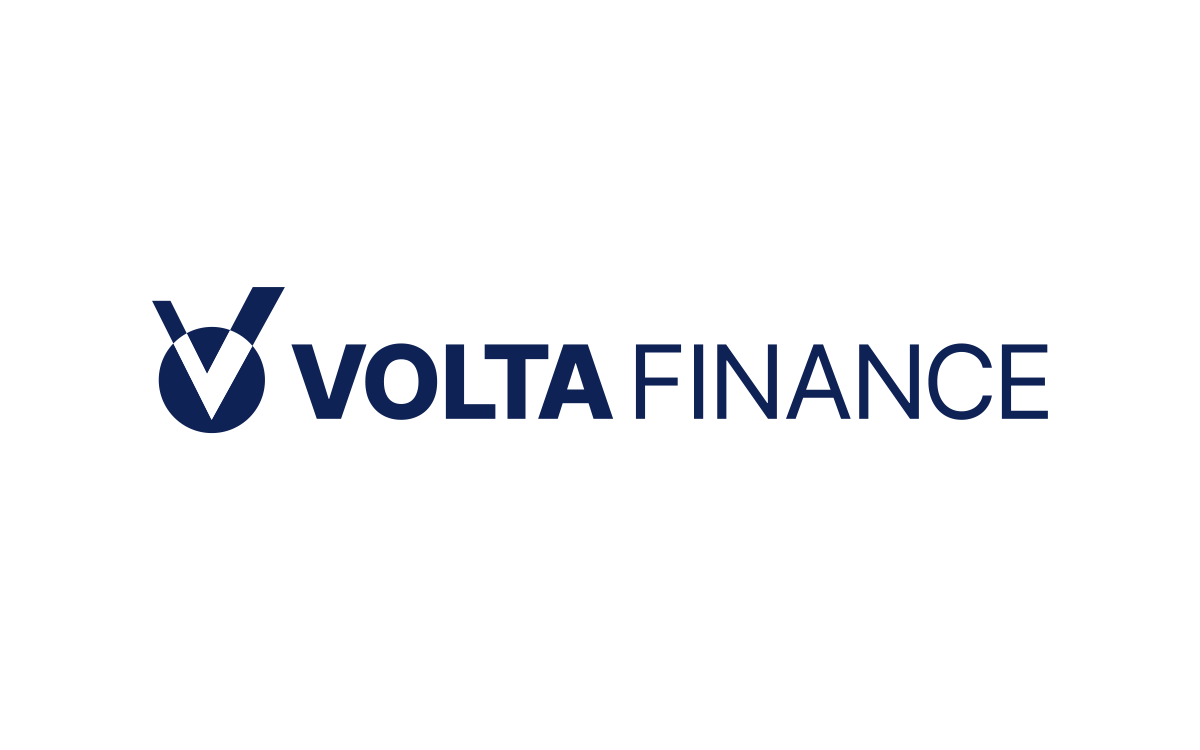GRAIL, Inc. (GRAL), a pioneering force in the healthcare sector, is making waves with its advanced diagnostics and research solutions. Headquartered in Menlo Park, California, this commercial-stage company is well-regarded for its innovative approach to multi-cancer early detection testing, a critical area in modern healthcare. With a market capitalization of $1.6 billion, GRAIL stands out as a significant player in the diagnostics industry, offering products like the Galleri test and Diagnostic Aid for Cancer (DAC), targeting asymptomatic individuals and patients with suspected cancer cases.
Despite its significant market presence, GRAIL’s financial metrics paint a complex picture for potential investors. Currently trading at $44.48, the company’s stock has seen a 52-week range from $12.57 to $55.02, indicating substantial volatility but also growth potential. However, the forward P/E ratio of -3.79 and an EPS of -11.71 highlight the challenges faced by the company in achieving profitability. The absence of a trailing P/E ratio, PEG ratio, and price/book value further suggest that GRAIL is still in the growth and investment phase, prioritizing development and market penetration over immediate financial returns.
Revenue growth of 11.20% reflects GRAIL’s progress in expanding its market reach and product adoption. Yet, the company’s return on equity at -17.68% and free cash flow of -$142.5 million underscore the high costs associated with innovation and development in the healthcare diagnostics field. These figures suggest that while GRAIL is investing heavily in its future, it currently operates at a loss—a common scenario for companies in cutting-edge sectors that require extensive research and development.
Investors should note the analyst ratings and target price evaluations, which provide a mixed outlook. With one buy rating and three hold ratings, the consensus leans towards cautious optimism. The average target price of $40.50 indicates a potential downside of -8.95% from the current price, warning investors of possible near-term price corrections. This caution is mirrored in the technical indicators, where the RSI of 61.94 suggests that the stock is approaching overbought territory, a signal for potential price consolidation.
On the technical front, GRAIL’s 50-day and 200-day moving averages at 35.57 and 33.18, respectively, indicate a positive trend, supported by a MACD of 1.81, which is above the signal line of 0.95. These technical signals suggest that the stock has been gaining momentum, a factor that could entice momentum-focused investors.
For dividend-seeking investors, GRAIL does not offer a dividend yield, and with a payout ratio of 0.00%, the company is clearly focused on reinvesting any potential profits back into its business operations.
In the broader context, GRAIL, Inc.’s focus on early cancer detection positions it strategically in the rapidly growing healthcare diagnostics market. The company’s innovative tests and development services not only address a crucial need in cancer treatment but also have the potential to significantly impact patient outcomes worldwide. However, investors must weigh these long-term growth prospects against the current financial realities and inherent risks associated with investing in a company that is still navigating its path to profitability.
For those willing to accept the risks, GRAIL offers a compelling opportunity to invest in a company at the forefront of healthcare innovation. As the company continues to expand its product offerings and market reach, it holds the promise of becoming a key player in the global diagnostics industry.


